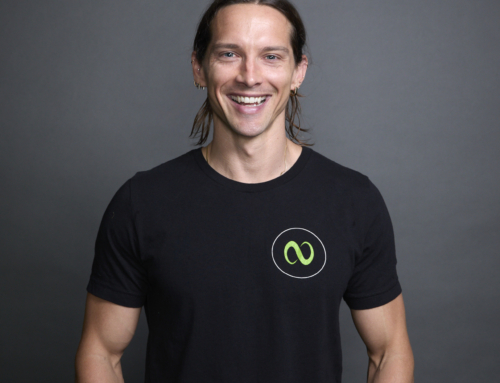Are you giving your own heart the attention and care it deserves? Most of us have health goals, but they often center around body composition, weight loss or muscle gain. What about the most important muscle in your body—your heart?
The average heart has about 2.5 billion beats over a lifetime…that’s a lot of work for a muscle that’s not that much bigger than your fist. The heart is the engine of your body, and it (hopefully) never stops running! Here are some quick Nimble Fitness tips for life-long heart T.L.C.
- Reduce Your Environmental Stress!
Environmental stressors come in many forms. Fortunately, many of those are under your control.
At the top of your heart-healthy list: food & reducing alcohol! The wrong foods and excessive drinking can put a great deal of stress on your heart.
Some quick nutritional keys:
*Avoid processed foods—choose whole foods. Stick whatever nature made!
*Up your intake of raw veggies and fruit.
*Avoid trans fat—those are the processed cooking oils, butter, margarine, etc.
*Make sure your saturated fatintake is not the processed kind. Saturated fats are the animal fats & dairy products—choose organic whenever possible.
We also encourage you to explore rhythmic breathing and meditation to reduce
stress. Meditation and breathing exercises allow your body and mind to engage the parasympathetic nervous system, which allows for repair and rejuvenation. The parasympathetic system is where your heart gets a chance to “rest.”
- Strategically Increase Exercise Parameters
Sorry, that sounds pretty technical, but the concepts are simple! Exercise is crucial to heart health but being strategic about your exercise is a little more involved than just jumping on the treadmill. Safely and effectively exercising the heart involves some important variables.
There are two numbers you should consider when exercising for heart health: Your maximum heart rate,which is roughly 220 minus your age, and your anaerobic thresholdheart rate, which is roughly 180 minus your age. Most people know what their max heart rate is, but to effectively train the heart, it is the anaerobic threshold that really important.
We have energy systems for different physical demands. Anaerobicdemands are immediate: fight or flight. We have energy from this source for short, very intense bursts—about 2 to 3 minutes tops. Heart rates shoots up; other bodily functions are put on hold. Aerobicexercise taps into our ability to use body fat, oxygen, and other body chemicals to keep going for very long periods of time. Of course, in aerobic work, the intensity has to be lower.
An effective exercise program for the heart employs both types of exercise. Anaerobic exercise prepares your heart for the “fight or flight” moments in life, whether it’s running to catch a train, climbing stairs or lifting a heavy object. Aerobic exercise prepares us for the endurance aspect of life, whether it’s a long workday or a long hike.
Often this dual-purpose program can be accomplished by simply incorporating both strength training with varied intensity and cardiovascular work into your program. The cardiovascular work can be split into “steady state” work–where you exercise for at least 20 minutes in your aerobic zone, which basically ranges from 20 points below your threshold HR up to the threshold—and interval training, where you push your HR above the anaerobic threshold for short bursts, 1-2 minutes, and recover for the same period of time.
The key to improving your heart health with exercise is that your aerobic capacity changes with consistent work.What took you right to the threshold this week will be well off that mark 2 weeks later. Great cardio athletes, like ultra-runner Killian Jornet, who runs 100-mile races over mountain ranges, don’t just have strong hearts. They have trained their cardiovascular systems to stay below the anaerobic range, even when they’re racing.
So, to train smart for your heart, figure out your anaerobic threshold hear rate, or “HR”. For a fifty year old, the threshold would be a HR of 130. So, 2-3 sessions a week would be in the cardiovascular range below threshold : a HR of 110-130. The other 2-3 sessions a week, whether they’re cardio or strength training, would take the HR above 130 for short bursts (1-2 minutes max) and recover for the same period.
Heart health is the foundation of vibrant, long-term wellness. If you have further questions or want to improve your own health, get in touch with us at info@nimblefitness.com


